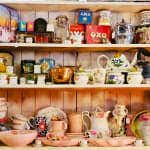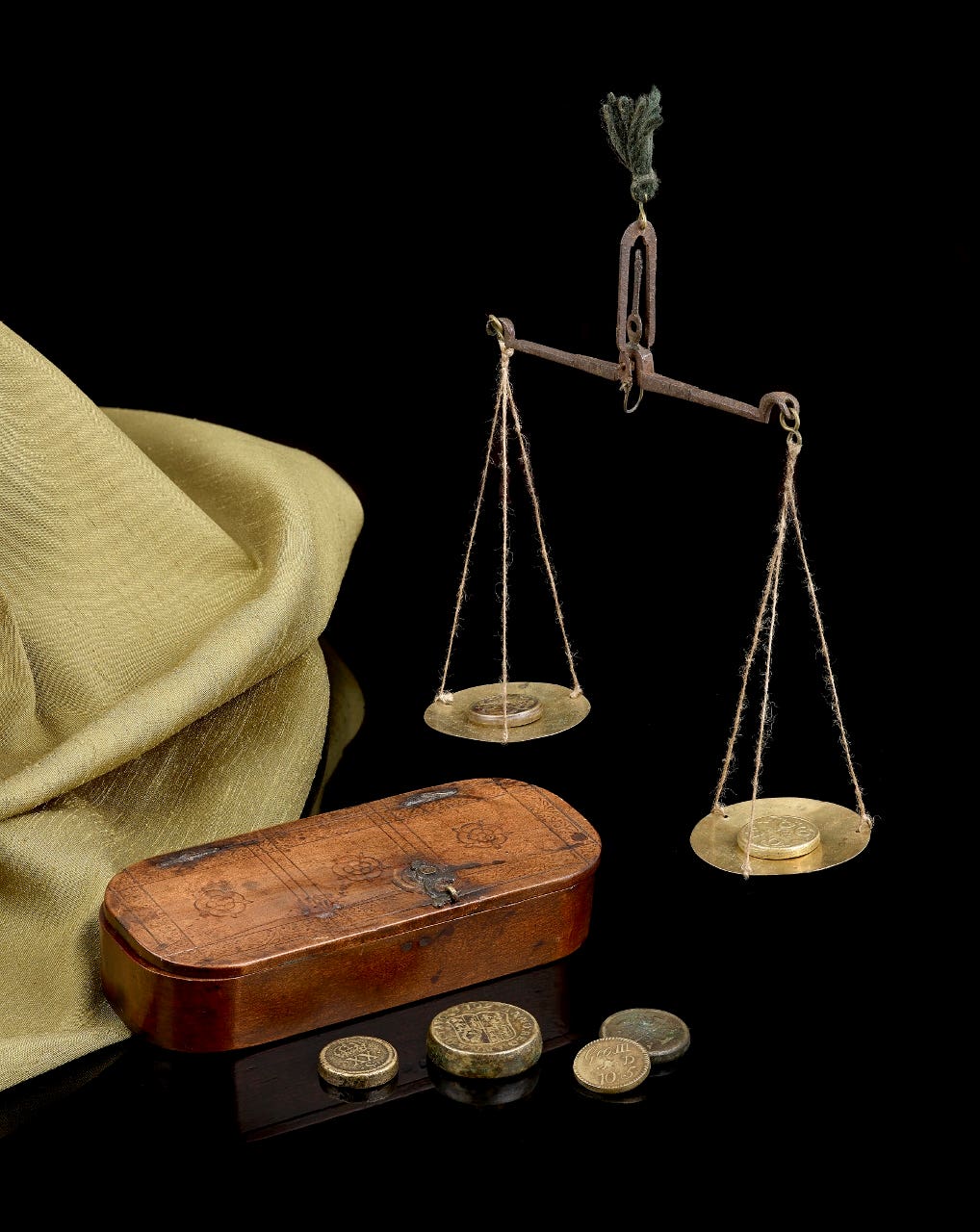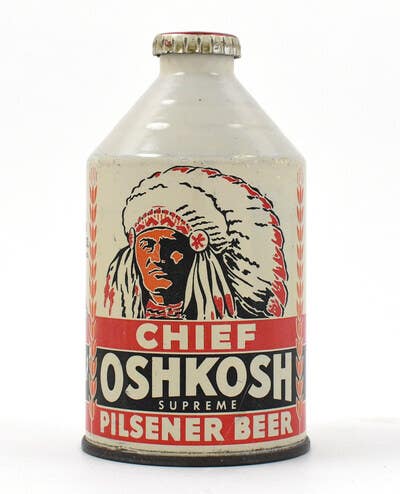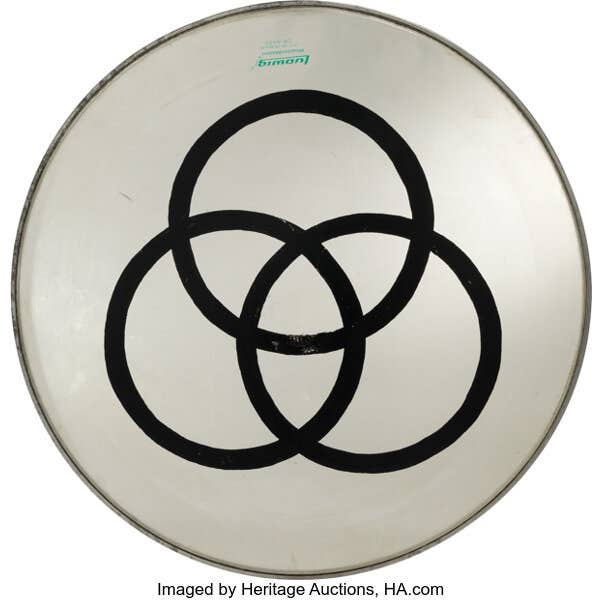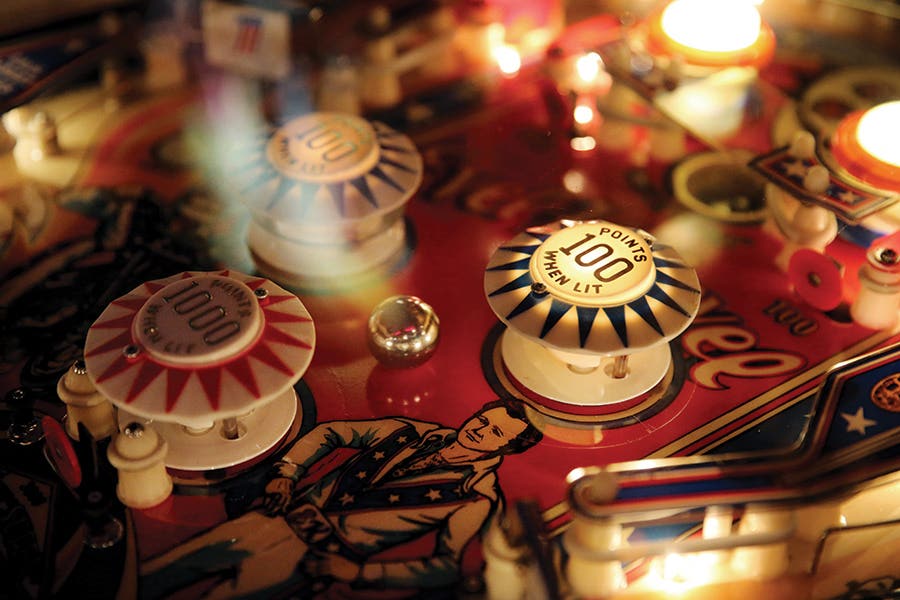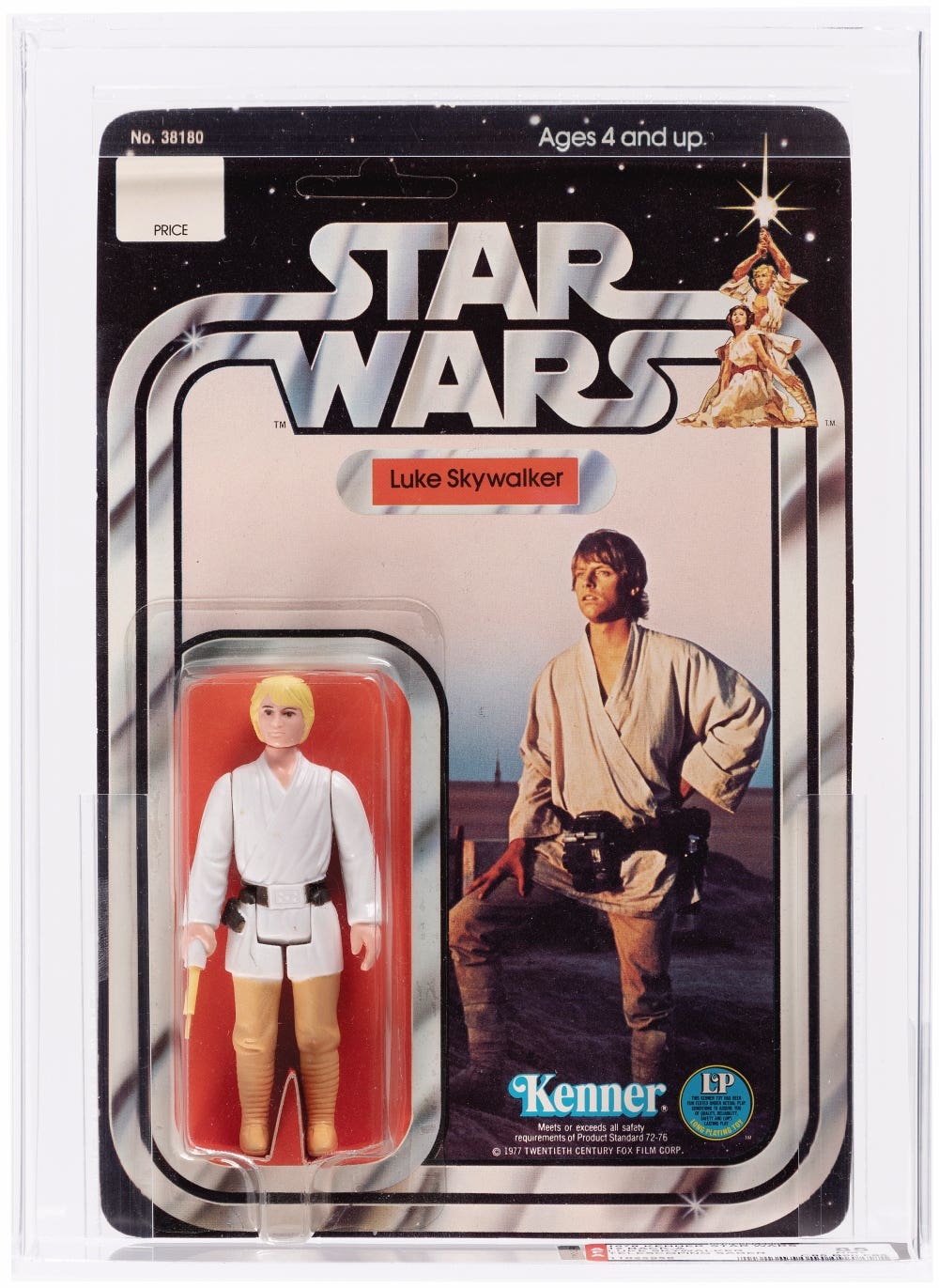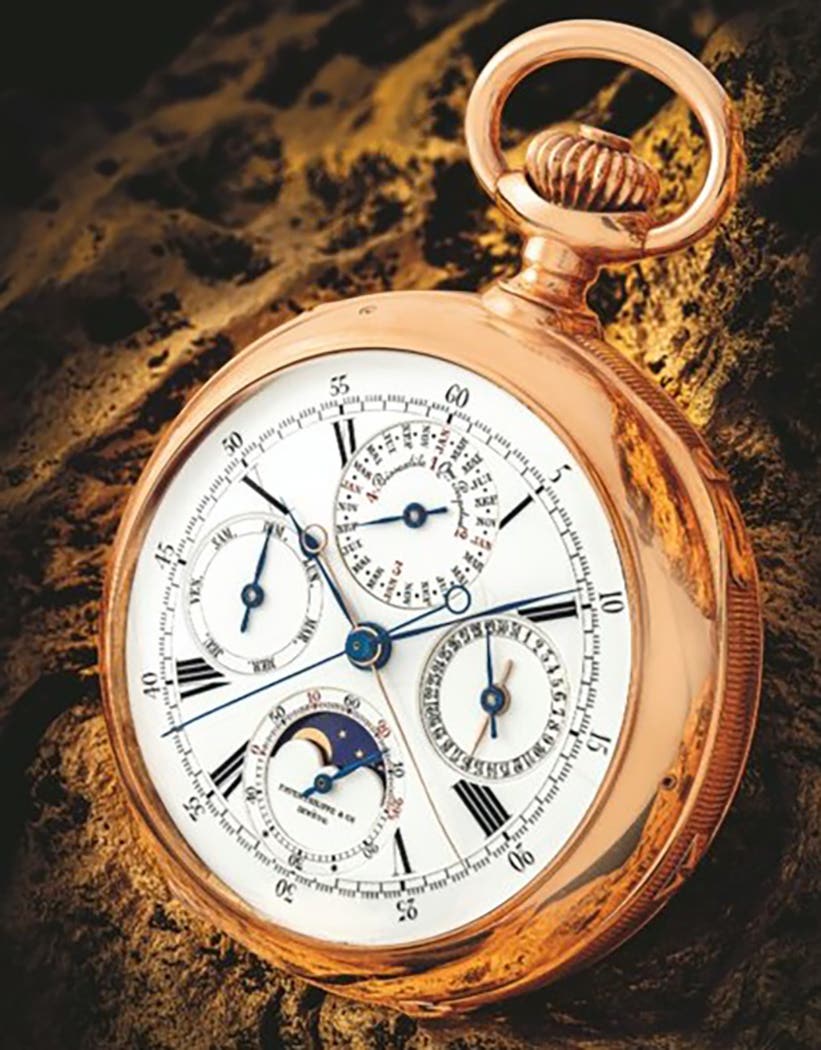World’s Fair postcard offers valuable history lesson
A reader’s inquiry about an 1893 Columbian Exposition postcard promoted Ask the Experts’ Dr. Anthony J. Cavo to share some valuable advice about postcards, as well as a bit of World’s Fair history.
QI am enclosing an item that I would like the appraisal value of. The postcard printed quite well – the back colors are almost the same. The original address side is a little darker tan. It is in excellent condition, no bends or tears.
— M.S.
Texas
AYour postal card is certainly a cross-collectible, a term I hesitate to use since technically it is not a “collectible” but rather an antique that is collected by more than one group of collectors; in this case postcard collectors and World’s Fair collectors. This postal card dates from the “Pioneer Era” of postcards, 1889 to 1898. It has an undivided back that was meant for the address only; any message had to be written on the image side of the card (postcards did not have divided backs for both message and address until 1907).
Condition and scarcity are paramount when assigning a value to postcards, and a rigid grading system is used to assign a grade or condition. Handwritten messages on the front of a postcard from
the pioneer era is not as deleterious to price as writing on the front of a divided-back postcard and is certainly acceptable to many postcard collectors (deltiologists) of used Pioneer Era cards. The card is used, the corners blunted and there is some degree of soiling; issues that place it in the “very good to excellent” condition range. Postcards with pre-printed stamps, such as this, are actually referred to as postal cards.
Surprisingly, there are many cards from the Columbian Exposition readily available both used and unused. Cards without the official seal, which yours has, are scarce and bring premium prices. Those cards with Columbian Exposition postage stamps and World’s Fair postmarks (“World’s Fair Station,” “World’s Columbian Exposition”) may bring prices in the hundreds and even above $1,000 depending on the card, the stamp and the cancellation. Your card, in excellent, unused condition, sells in the $30 range. After you have called me a few names, you may want to check some of the Columbian Exposition Cards for sale online at sites such as oldpostcards.com. Your card is a wonderful piece of history and one that would be coveted by any postcard collector.
----------------------------------------------------------------
QA friend of mine bought a house a few years back – an older home – and [the friend] keeps finding these around his house and buried in the yard. I’m wondering if you can help determine what they were used for? Thank you.
— T.P.
via email
AWonder no more. The Antique Trader was the right place to send your query. None of us knows everything about everything, but all of us know something about something. In this case I may know nothing about nothing but here goes. Now that we are all completely confused I’ll try to end your suspense.
Prior to being machine-made, bottles were hand-blown with the use of a blowpipe and shaped with a
number of tools. Once the desired shape was achieved, the base of the bottle was attached to a punty rod, which allowed the glass blower to work on or shape the lip of the bottle. Many of these lips were applied. One of the more easily identifiable of this type of bottle is the blob-top. A blob of molten glass is applied to the top of the bottle neck and shaped. Your rings look suspiciously like pre-made bottle lips, or what is known as a laid-on-ring. The glass ring was fitted to the opening and then fused to the bottle. This type of practice is typically seen on bottles prior to the Civil War. These laid-on-rings provided stability to the opening and also a place to secure the wire that held in a cork.
I passed this by a few bottle collectors who agreed with me; however, there is a chance they are something else entirely. Your friend might check the town records to determine what types of businesses utilized the property during the 19th century.


